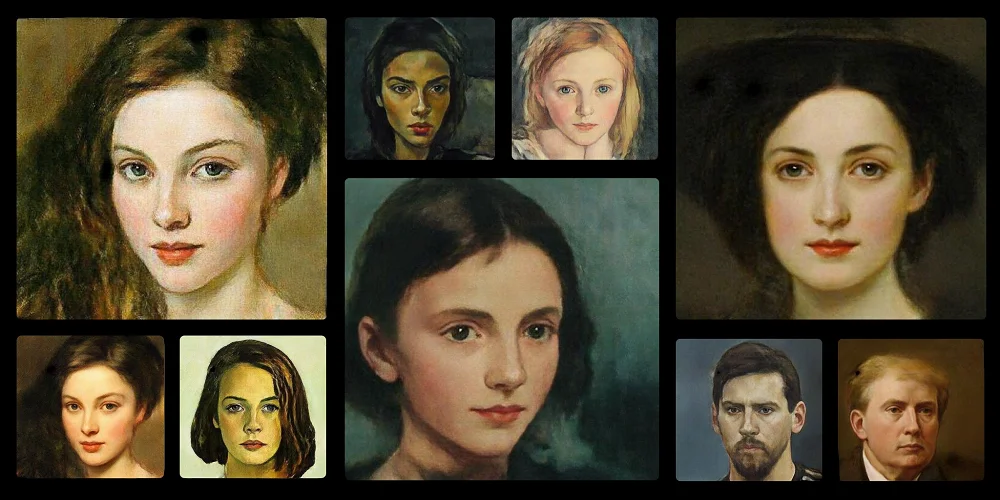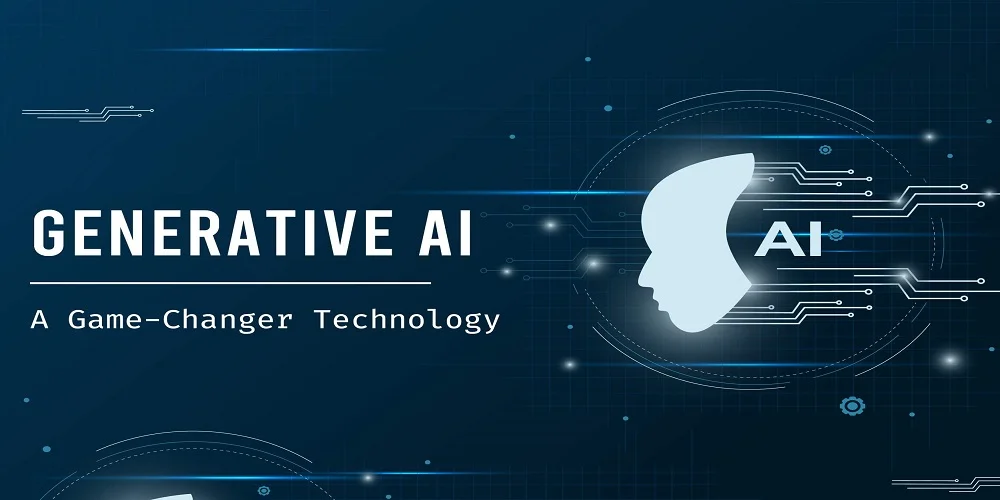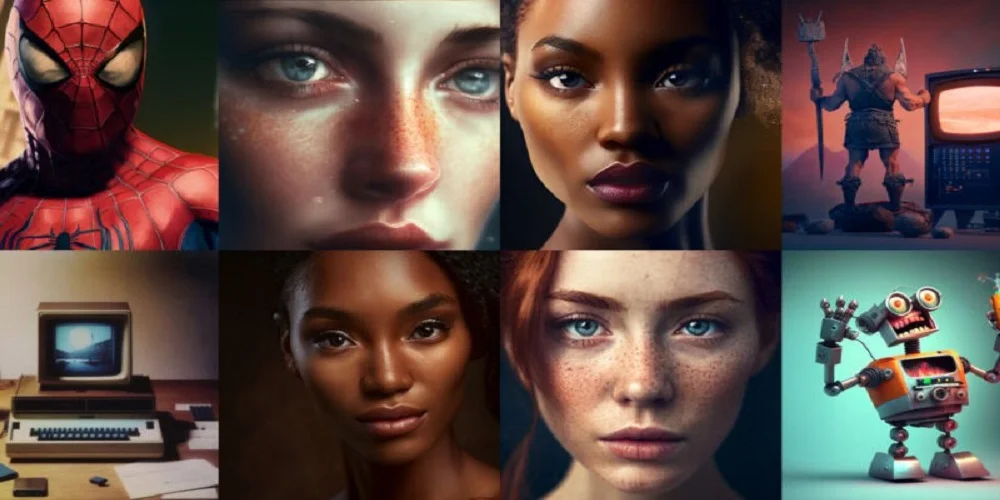
Although we are all familiar with visual effects or computer-generated imagery (CGI), the technology is way ahead now. With AI it is realistic and immersive. With new tools, full-length movies are made. The content industry is taking advantage to add muscle to the information being provided. Its appeal is rapidly replacing other ways AI generation works like a text prompt or text to images. It creates an image to explain the text. New images are created which do not exist with this tool. It does not source images that are already available.
Images are customized according to requirements in any creative style to match the text, and tools now allow users to easily remove backgrounds for seamless integration into diverse projects. For several years AI has been one of the most talked-about subjects in the field of IT. The several uses of artificial intelligence that have established a lot of interest in picture production with the help of AI. However, what exactly is meant by "AI image generation", as well as how does this procedure take place? More meaningfully, what types of things could we expect to happen like the upcoming? In this article, we will conduct a complete study into the field of AI picture production and examine its internal mechanisms.
Understanding the Basics: What is AI Image Generation?
AI algorithms have shown that they are capable of imitating human creativity in a variety of contexts, including the creation of magnificent landscapes and realistic portraits. Hire AI Developers from India for image generation is a smart and strategic move for businesses seeking innovative solutions in the digital era.
The creation of pictures from scratch by AI using proficient artificial neural networks is known as "AI image generation." These makers come with the capability of producing authentic and unique graphics depending on textual input supplied in natural language. The input may be in any form. Its capability to combine many styles, ideas, and characteristics to create creative imagery that is also relevant to the environment in which it is shown is especially amazing. Generative AI, a subtype of AI intensive on content production, is what makes this feasible, offering a wellspring of visual inspiration by combining many styles, ideas, and characteristics to create creative imagery.
AI image generators are often trained on a substantial quantity of data, which typically includes significant picture databases. The algorithms acquire knowledge of many elements and properties of the pictures included in datasets by going via the training procedure. And so it comes with the competence to make newer pictures which is similar, both in terms of stylishness and material, to the instances that are included in the preparation data.
There is a miscellaneous collection of AI picture creators, all these have their own set of skills which is distinct from the others. The neural style transmission method which lets the hassle of the image's style to another, many methods, does use a duo of neural networks to work on to produce real images that resemble the ones in the preparation dataset, and diffusion models, that generate images via a procedure that pretends the distribution of elements, slowly converting sound to the organized images, are three of the most main examples of these types of techniques. AI, which comprises a wide variety of algorithms and methods, gives robots the ability to do activities formerly reserved for humans, such as identifying photos, instantly translating languages, and even automating monotonous jobs.
As the integration of artificial images by AI continues to progress, we may anticipate increasingly more sophisticated methods and possibilities. The possibilities for putting this technology to use are almost endless; for example, it may be used to make the process of picture editing more efficient or to create more lifelike virtual worlds.

Function of Neural Networks in Image Creation by Artificial Intelligence
The creation of artificial images often involves the use of neural networks. These involved mathematical models are envisioned to be a picture of the human brain. They consist of layers upon layers of artificial neurons that are linked and process and evaluate input. Neural networks are given access to huge quantities of visual data throughout the procedure of picture synthesis so that they may get familiar with the designs, structures, and characteristics that are seen in the real world.
Below are a few of the neural systems for AI image
1. Convolutional Network
CNN is, mostly employed for activities using computer vision.
2. Neural Network Based on the Perceptron
They are used for straightforward supervised learning tasks like as identifying handwritten digits or locating objects in photographs.
3. Neural Network with Feed-Forward Connections
This is an example of what is known as a "straight-arrow network," in that the flow of data is unidirectional from input to output and does not circle back. It is effective and linear, making it ideal for doing activities that need clear and linear processing.
4. Multilayer Perceptron Model
Imagine a more complex implementation of the perceptron network which consists of many layers of neurons. This is a multi-purpose workhorse that is often used for classification and regression responsibilities.
5. Recurrent Neural Network
RNNs may be thought of as the neural network equivalent of historians since they recall prior inputs and use that information to influence future results.
Generative Adversarial Networks
In Artificial Intelligence (AI), the use of (GANs) has seen a substantial rise in acceptance. The maker and the discriminator are characterized by neural networks in this technique, and they collaborate with one additional competitively. The purpose of the generator network is to produce photorealistic pictures from the input of random noise. It begins by generating pictures at random and then steadily improves its output via a process called iteration. After that, the discriminator network receives the newly created pictures as input.

Deep Learning Frameworks
This subject of machine learning allows computer systems to infer meaningful information from visual inputs, and it's becoming more important in recent years. It is essential to be able to select, standardize, and enrich pictures using processing methods in order to make such difficult activities more amenable to automation. There are frameworks designed specifically for the various activities involved in picture production. For instance, StyleGAN is a framework that is geared at the production of image with a high quality and a lifelike appearance. It allows for exact picture production because to its extensive capabilities, which include style mixing and control over individual image qualities, among other things. Additionally, leveraging an AI Image Enhancer can further optimize your visuals—refining details and enhancing clarity to achieve an even more polished and lifelike output.
Bottom Line: Future of AI Image Generation
To summarize, the future of AI picture creation has a great deal of promise and possibility. We may anticipate that the AI that generates images will become even more cutting-edge and nuanced as technological progress proceeds at a rate that has never been seen before. We have seen tremendous breakthroughs in the production of realistic and high-quality photographs with the present level of AI image generation. These gains have been made possible by recent developments.



